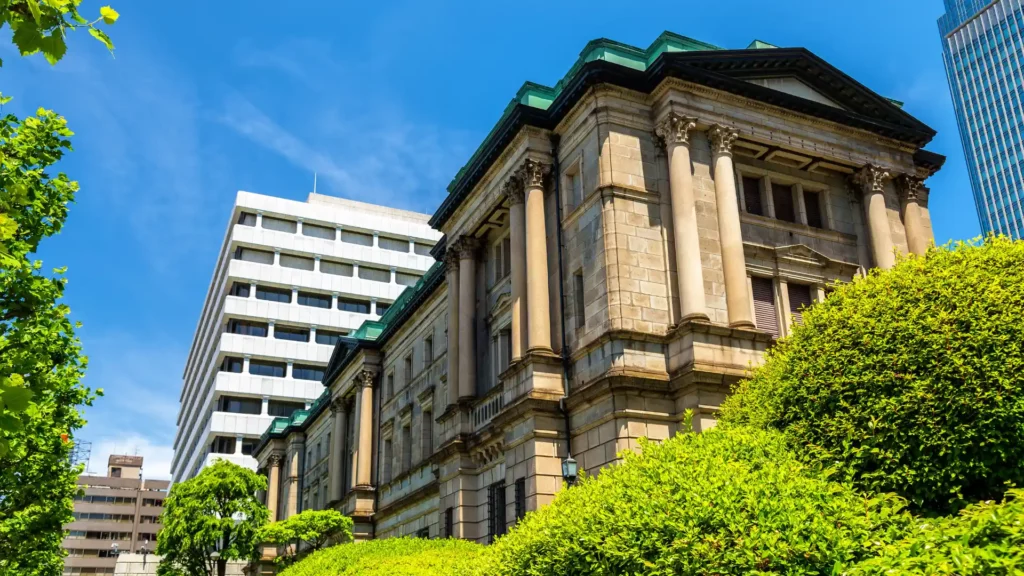BOJ stated that they will keep buying the same amount of government bonds as before and increase the purchase in case the yields increase
The Bank of Japan (BOJ) makes a historic shift away from tightening monetary policies by ending negative interest rates on Tuesday. This decision steers the focus away from the aggressive monetary easing program that was implemented to fight deflation, or declining prices.
An immediate hike in the short-term interest rates to a range of 0 to 0.1 percent was seen as a part of this decision, marking Japan’s first rate hike in 17 years. According to analysts, it still helps to keep the rates around zero as the economy recovers from the instabilities that force the central bank to go easy on any further rise in borrowing costs. This move also makes BOJ the last central bank to exit negative rates.
Frederic Neumann, chief Asia economist at HSBC in Hong Kong mentioned that BOJ’s decision could be seen as their tentative step towards policy normalisation. “The elimination of negative interest rates in particular signals the BOJ’s confidence that Japan has emerged from the grip of deflation.” The Central Bank of Japan also deserted yield curve control (YCC). YCC is a policy that has been in effect since 2016 to cap long-term interest rates around zero.
In a statement released, BOJ stated that they will keep buying the same amount of government bonds as before and increase the purchase in case the yields increase. The purchase of risky assets like exchange-traded funds (ETF) and Japan real estate investment trusts on the other hand, was discontinued. “We judged that sustainable, stable achievement of our price target came in sight,” mentioned the central bank in a statement explaining its decision to discard Governor Haruhiko Kuroda’s massive stimulus programme.
Negative Interest Rates
It is a system where people have to pay interest rates to deposit money at the bank in its place of receiving it. This policy was first introduced during the 2010s by the central banks in Europe in order to fight price erosion.
The Bank of Japan went negative in 2016, and this was one of the many aggressive monetary policy measures introduced to fight deflation. However, the negative rate policy was only applied to a small segment of the deposits that private banks stored at the Bank of Japan. Negative interest rates weren’t applied to retail deposits.
The main aim of introducing negative interest rates to the Japanese economy was to encourage banks to put their funds to work through lending. The policy helped Japan prevent deeper deflation but created supply shocks during the COVID-19 pandemic. The Russia-Ukraine war had increased import costs of energy and food, which in turn caused the prices of materials in Japan to increase sharply causing inflation. The inflation increased beyond the central bank’s 2% goal.
Bank of Japan becomes the world’s last bank to end the negative interest rate policy. This has helped to knock down the value of Yen as central banks of other countries raised the interest rates. A weak Yen had helped to drive import cost gains.
The Japanese companies have recently agreed to increase the wages. An increase in wages will help the people to spend more. The BOJ here aims to have a cycle of increasing prices accompanied by wage hikes. The unions have also reported recently that there is an initial tally of wage growth at the highest level in decades.
The current decision to end negative interest rate hikes will be the first among the other monetary measures meant to support economic growth. The Japanese economy struggled when the prices fell and the companies began cutting costs to stay in the market, even risking profits. This spiral stopped them from raising wages which in turn affected the consumption and caused a price drag. Now, with the ending of negative interest rates, officials hope to have an increase in investment, prices, and wages jointly.
